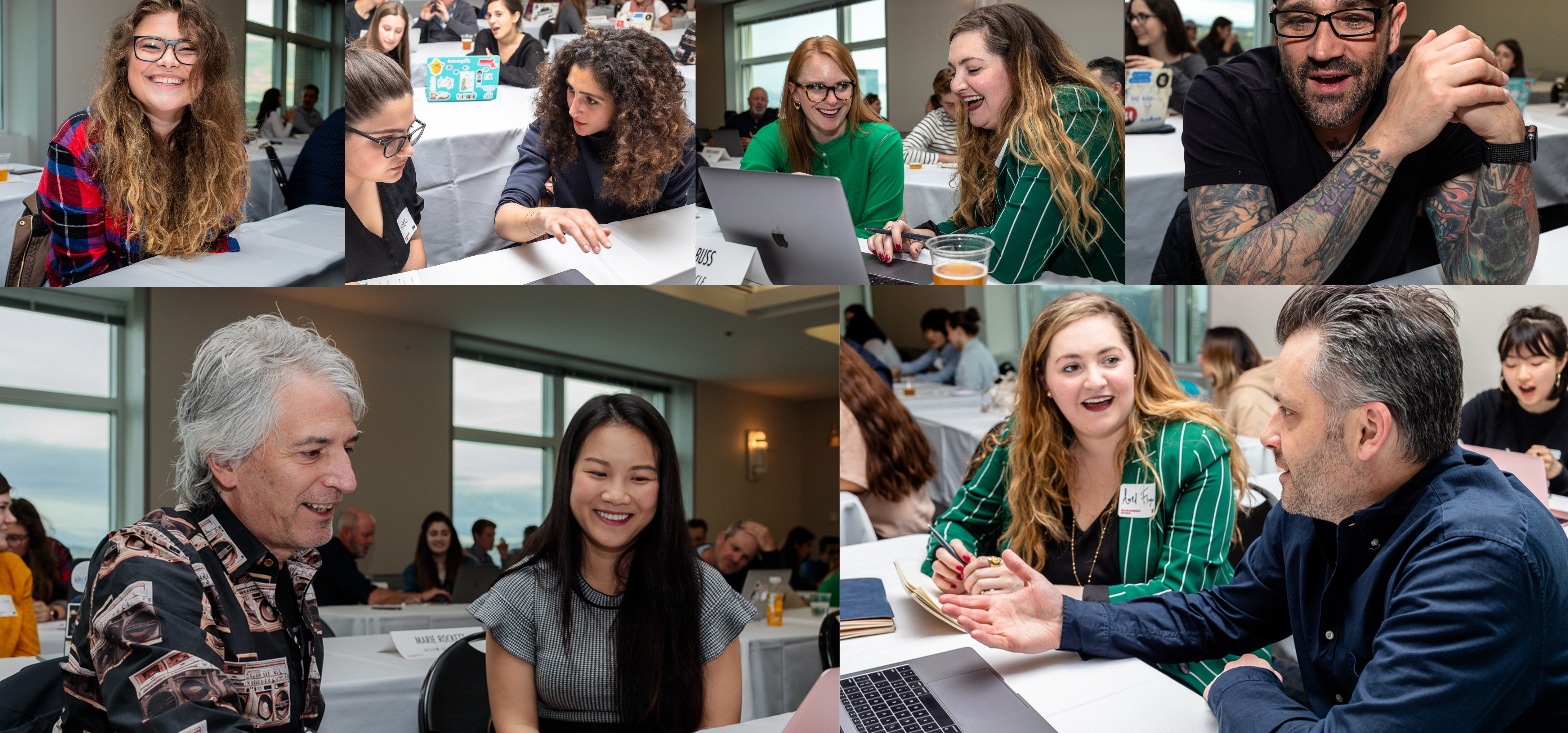- Themes – pulling down themes, while cost effective and quick, can be dangerous. Unless they are super simple and don’t have a lot of plug-ins, you should avoid them. Heavy themes tend to have a lot of extraneous features that you will never use, and that can stress load times. Additionally as you add functionality or plug-ins, you risk creating conflicts that you may not even be able to find when your site goes down. When your CMS or Google or PHP does a new release, everyone of those plug-ins or snippets of code is at risk of breaking unless you have a 24-7 webmaster running your site.
- Fonts – seems simple but really it’s not. A lot of times you will get font rendering issues due to the variety of browsers and devices out there viewing your site. This could result in type breaking or wrapping oddly, making it a frustrating experience for the user. We recommend you choose fonts from fonts.google.com for your project.
- Image/Video Compression – a lot of sites surprisingly don’t use image or video compression or better yet a CDN (content delivery network) to manage the crunching of these files. This will result in higher first-byte times, which essentially means slower loading. You can also run your javascripts from CDN which will also help with this.
- HTTPS – Google’s recent updates with respect to location/mapping API’s etc., call for all sites to be running a SECURE site or those API’s will not work. Google will also boost SEO ranking as an incentive for making your site secure and will tag your site with a non-secure tag if you are not. This is just a good practice for anti-hacking as well as plenty of other benefits.
- Colors – another one that seems simple but is a bit more complex. Companies typically have PMS colors that they want to translate to the web, however just finding the #HEX equivalent isn’t enough. If you really want to make sure your colors translate to the web properly our advice is to try the color on different devices and browsers and find a color that you feel best translates across the board. You can bet that it may not be the original #HEX value that you thought it was.
Category: Без рубрики
BU Creative Cafe Portfolio Review
A couple of times a year I am invited to participate in the BU Portfolio Review. Some of the professors, (Edward Boches, Doug Gould) are former mentors and colleagues of mine and so I am always honored and happy to help.
This year what stood out to me was not only the strength of the creative thinking but the fact that a majority of it came from up and coming women with a clear passion and focus for joining and making an impact in this industry.
The strength and confidence of these women was inspiring and I was glad to have been able to guide their thinking, which some of it, even inspired me!
As always there were plenty of talented volunteer reviewers who are generous with their time, some whom I have had the pleasure of working with in the past.
I usually leave the copywriting and art direction guidance to them as they are far more talented than me in that respect but what I do encourage the students to think about is this:
Think of interesting ways to dimensionalize your work and reach people with your message in unconventional, unexpected and disruptive ways.
Why we do the things we do.
All the time we get the question: What made you guys want to start your own digital creative shop?
Our answer is simple: We wanted to work on fun projects with cool people.
And, well, here we are.
We get to go to work with people we like every day. We get to work on only the kinds of projects we want to work on. We get to try new things, learn new things, and decide which new things are awesome, and which new things we do not like.
We also get to flex some muscle in terms of our own experiences, successes, training, and talent. I don’t know at what point after starting a new business where it happens that you look around and think to yourself: “we belong in this room. we are creative. we do great work. we know design and we can work our way around some hefty technical challenges. we bring a lot of value to our clients in an unassuming and fun way. we’re good at this.”
We get to take on new roles. We get to learn the ins and outs of running a small business. We manage our own books, hire people, send invoices, pay bills, file taxes, pay rent, license software, sharpen new skills, and use new tools. We own the whole process, and while sometimes that can feel a little overwhelming, the feeling of ownership and true investment is unmatched in terms of motivating us to deliver the best work we possibly can. Our names are all over it. It’s work for hire…but it’s also for pride.
We work out schedules, secure conference call numbers, and decide whether puppy PLB can come back because he peed on the floor (twice – sorry, Jesse!)
We manage big projects and sophisticated clients. We have established relationships with large agency and media and technology partners. We know the creative rules and best practices. We’re also current, technically savvy, and know exactly when to bring in a subject matter expert to deliver the perfect guidance for a client.
We know and are learning so many things that have helped us see so much success as Fresh. As we continue to evolve, we keep focused on learning new things and staying tuned into the reasons why we started this whole thing in the first place: work on fun projects with cool people and deliver outstanding creative work.
Five ways you can plan and execute a successful new project this Spring.
Focusing on these five things can help ensure that your project stays focused on the true picture of success and is executed the right way. As your team works through the details of coordinating a complex web design, creative activation, rebrand or other major marketing-related project – remember to stay focused and get your Spring Cleaning done right.
- Think it through from the business perspective – Why are we doing this? What business needs will this address? How will this impact my business when it’s complete (and also – how will this impact my business as its in progress?)
- Spend the time distilling exactly the project you want to complete. Write down the goal and the details that will show that the project has reached success. It may sound cheesy, but simple answering the question, “what does success look like for this project?” is a really solid way to make sure you have alignment.
- Ask yourself whether you have the resources internally to execute the project. If you don’t (or are unsure), are you willing to hire or commit to the right external resources to get it done? All too often, companies skimp on this and end up spending more time and money on projects than if they had just ensured the right resources ahead of time.
- …Speaking of time: Respect it. Good work takes time. Great work can’t be rushed; Rush equals risk. It’s just not worth it. Work with experienced people you trust and listen when they tell you how long something will or should take.
- Stay flexible; Ask questions. Projects with lots of moving parts are prone to change. It’s natural – and in many cases, the changes are positive, as they are results of an in-depth discovery activities that provide an actual picture of what’s going on. Be open to updated approaches and new solutions. At each point or phase of the project, ask, Does this still get us to our definition of success? Does this provide important info we can use in other areas of our organization? Does this make things better?




